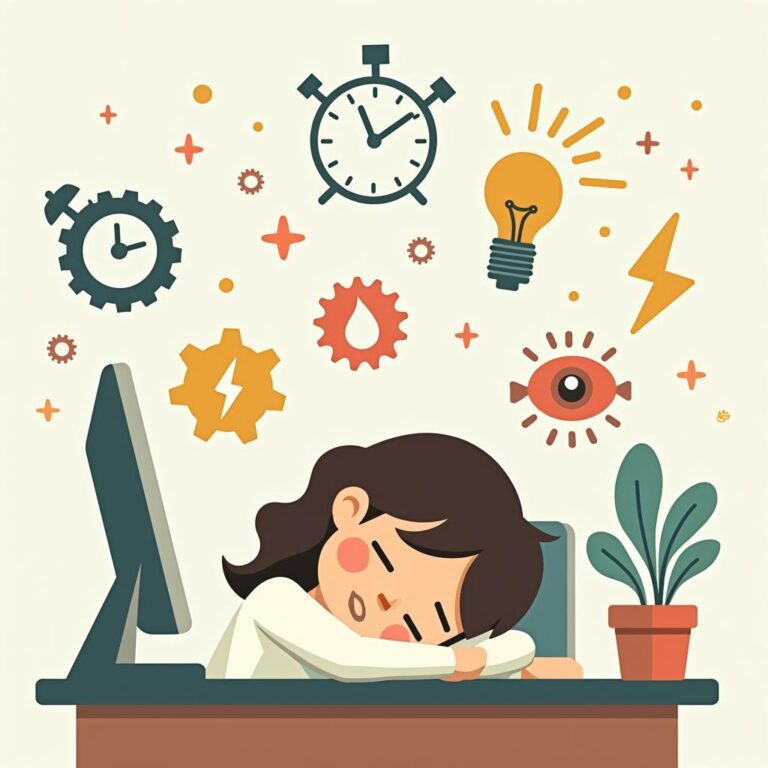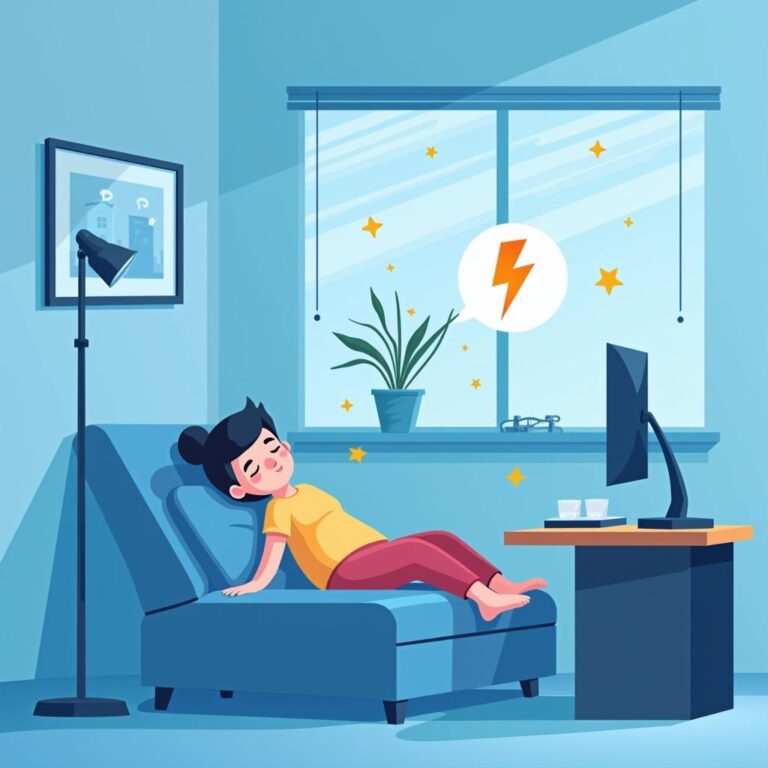In today’s fast-paced world, productivity is often the key to success. With busy schedules and demanding workloads, finding effective ways to recharge is essential. One popular method for enhancing focus and energy levels is napping. However, the timing and duration of a nap can significantly influence its effectiveness. In this article, we will explore the best nap length for productivity and how it can help you maximize your performance throughout the day.
The Science Behind Napping
Napping has been scientifically proven to offer various cognitive benefits, including improved alertness, enhanced performance, and increased overall productivity. While the idea of taking a nap might conjure images of laziness, research shows that a short power nap can invigorate the brain and sharpen focus. Understanding how different nap lengths impact our cognitive abilities is crucial for optimizing our daytime activities.
Types of Naps
Not all naps are created equal, and their effectiveness can vary depending on timing, environment, and length. The following are common types of naps:
- Power Nap (10-20 minutes): This short nap is designed to give you a quick boost of energy without entering the deeper stages of sleep.
- Short Nap (20-30 minutes): Slightly longer than a power nap, this duration allows for some light sleep, making it easier to wake up feeling refreshed.
- Long Nap (60-90 minutes): This includes a complete sleep cycle, allowing the body to experience REM sleep, which aids in memory consolidation and creativity.
The Best Nap Length for Productivity
Now that we understand the different types of naps, let’s look at the optimal duration for achieving maximum productivity. While individual needs can vary, a nap length of 20-30 minutes is often regarded as the sweet spot for the majority of people. Here’s why:
Benefits of a 20-30 Minute Nap
- Improved Alertness: A 20-30 minute nap can significantly enhance alertness levels, providing a jolt of energy that can help combat afternoon slumps.
- Enhanced Cognitive Function: Short naps have been shown to improve various aspects of cognitive performance, including memory, attention, and reaction times.
- Minimal Sleep Inertia: Napping for 20-30 minutes keeps you in the lighter stages of sleep, meaning you’ll wake up feeling more alert and refreshed, rather than groggy.
Why Not a Longer Nap?
While long naps (60-90 minutes) can provide deeper restorative sleep, they come with some drawbacks. Napping longer than 30 minutes often leads to sleep inertia, which is the groggy feeling you experience upon waking. This grogginess can last for several minutes and may hinder your productivity rather than enhance it.
Optimal Timing for Napping
Timing is just as important as nap length when it comes to maximizing productivity. The ideal time to take a nap is usually in the early afternoon, generally between 1 PM and 3 PM. This is when most individuals experience a natural dip in energy levels due to the circadian rhythm. Taking a nap during this time can effectively counteract this dip and help you recharge for the tasks ahead.
However, adapting your nap schedule according to your personal routine and energy patterns can optimize benefits further. For example, night shift workers or early risers might find different timing conducive to their productivity levels.
Tips for an Effective Nap
To maximize the productivity benefits of napping, follow these simple tips:
- Create a Comfortable Environment: Find a quiet, dark space that is conducive to sleep. Use an eye mask or a sleep mask to block out light, and consider earplugs or white noise machines for sound disturbances.
- Set an Alarm: To prevent oversleeping and experiencing sleep inertia, set an alarm for your desired nap length.
- Limit Caffeine Intake: Consuming caffeine too close to your nap may interfere with falling asleep. Aim to finish any caffeine sources at least a few hours before your scheduled nap.
- Practice Relaxation Techniques: If you find it challenging to fall asleep quickly, consider practicing deep breathing, meditation, or gentle stretches to help calm your mind.
Additional Considerations
Napping is not a one-size-fits-all approach. Personal factors such as lifestyle, sleep quality at night, and overall health play significant roles in how effective a nap may be for an individual. If you frequently experience fatigue, consider consulting a healthcare professional to rule out any underlying sleep disorders or deficiencies.
Conclusion
A nap can be a powerful tool for enhancing productivity when done correctly. The best nap length for productivity is generally around 20-30 minutes, offering a perfect balance of rest and refreshment. By incorporating proper timing and environment, you can easily transform those short breaks into valuable periods that significantly boost your performance at work or during daily activities. Embrace the power of napping and watch your productivity soar!







